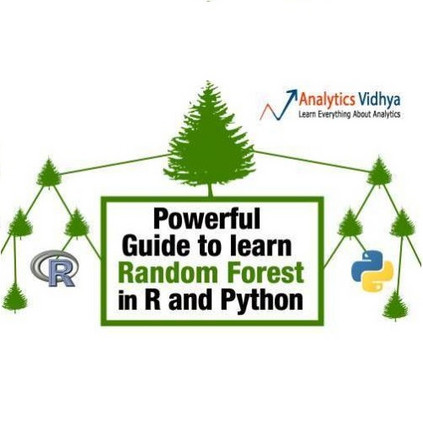We employ both random forests and LSTM networks (more precisely CuDNNLSTM) as training methodologies to analyze their effectiveness in forecasting out-of-sample directional movements of constituent stocks of the S&P 500 from January 1993 till December 2018 for intraday trading. We introduce a multi-feature setting consisting not only of the returns with respect to the closing prices, but also with respect to the opening prices and intraday returns. As trading strategy, we use Krauss et al. (2017) and Fischer & Krauss (2018) as benchmark. On each trading day, we buy the 10 stocks with the highest probability and sell short the 10 stocks with the lowest probability to outperform the market in terms of intraday returns -- all with equal monetary weight. Our empirical results show that the multi-feature setting provides a daily return, prior to transaction costs, of 0.64% using LSTM networks, and 0.54% using random forests. Hence we outperform the single-feature setting in Fischer & Krauss (2018) and Krauss et al. (2017) consisting only of the daily returns with respect to the closing prices, having corresponding daily returns of 0.41% and of 0.39% with respect to LSTM and random forests, respectively.
翻译:我们使用随机森林和LSTM网络(更确切地说,CuDNNNLSTMTM)作为培训方法,以分析它们从1993年1月至2018年12月预测S & P 500公司组成部分库存从1993年1月至2018年12月用于内部交易的外向性流动的有效性。我们采用多种地物环境,不仅包括关闭价格的回报,而且还包括开放价格和内部回报。作为贸易战略,我们使用Krauss等人(2017年)和Fischer & Krauss (2018年)作为基准。在每一交易日,我们以最高概率购买10种种群,并以最低的概率出售10种种群,以每日回报率超过市场的最低概率 -- -- 所有这些都具有同等的货币重量。我们的实证结果表明,多地环境不仅提供了关闭价格的回报,而且还提供了0.64%的收益,而且还提供了开放价格和内部回报率的0.54%的回报。因此,我们用Krauss公司(2018年)和Krauss等人(2017年)的单一地物环境设定比标准差。我们仅包括关闭价格的每日回报,即0.39%的0.3和0.4 %的回报。




